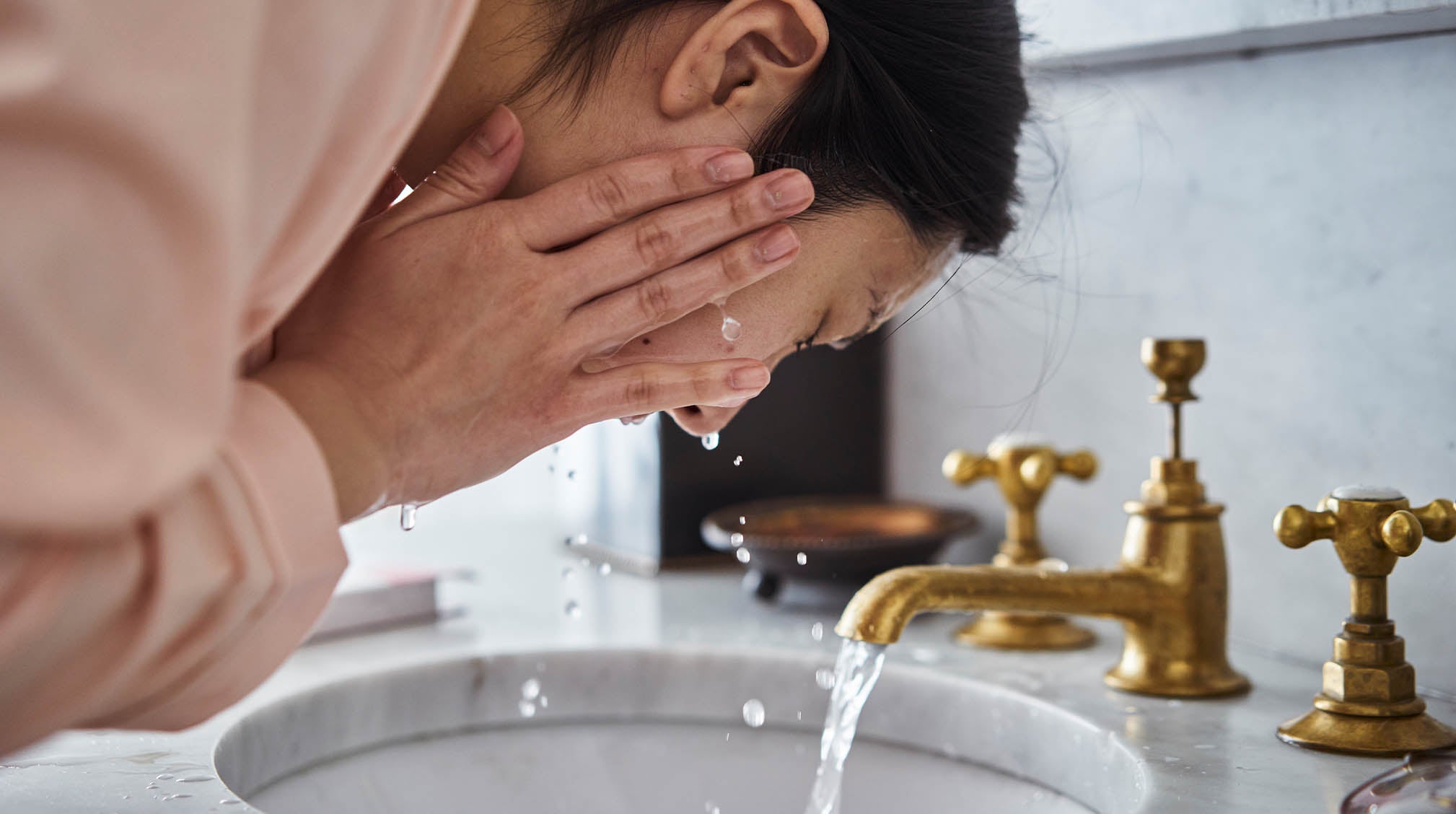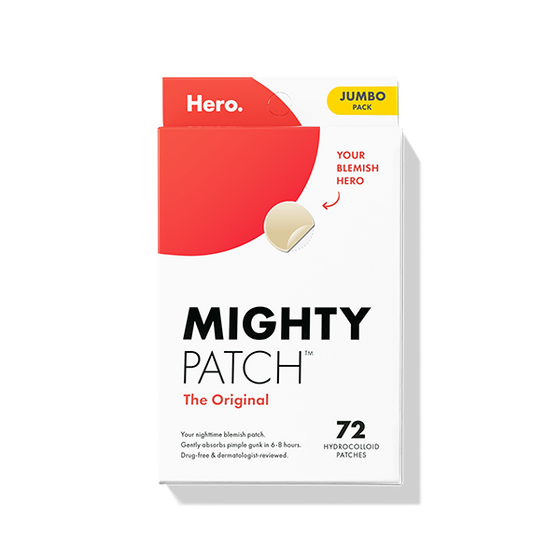
Pimple Problems: The Causes and Solutions Part II
In our last post, we dove deep under the skin to talk about how acne develops. Now, let’s come back up to the surface and discuss how to get clear skin, starting with cleansing. No matter how many acne products you use, if you don’t start the routine with a fresh face, they aren’t going to help clear your acne.
The importance of cleansing
Since our skin restores itself slowly, cell turnover may be happening at night while we are sleeping. That’s why it’s essential to wash away the dead skin cells and excess oil before bed. Celebrities like Kate Winslet and Margot Robbie stress the importance of clean skin, especially since they are always wearing makeup for the cameras. Margot says that she doesn’t really have time for skincare, but is “anal-retentive about having really clean skin.”
The first step of cleansing is makeup and dirt removal. You’ve probably heard of double cleansing, a nightly routine that originated in Japan and Korea. In double cleansing, an oil-based cleanser removes SPF, sebum, pollutants and makeup. Then a water-soluble cleanser is used to remove sweat, dirt or anything else left behind.

Most of us have, at some point, slept with makeup on because we were either too lazy or too tired to wash up. Many people use makeup wipes as a quick cleansing alternative, but they don’t remove as much of the debris as oil cleansers. Makeup wipes simply smear the dirt and oil across your face, breaking down only a portion of it. Plus, most wipes are designed to produce immediate results, so they can be drying and harsh on skin.
Using a water-based cleanser alone will not suffice. Those cleaners cannot penetrate the oil and sebum clogged in the pores and leave much of it behind, causing further breakouts.
Exfoliate at least once a week
Don’t forget to exfoliate! Exfoliation is the process of removing the oldest dead skin cells we just discussed. There are two types: chemical and physical/mechanical.
Physical exfoliants typically come in the form of a scrub or microbeads (although we don’t recommend microbeads because their plastic waste can damage water ecosystems). These can feel a tad abrasive on the skin, but some people enjoy scrubs because they can immediately feel smoother skin. Instead of abrasive agents, chemical exfoliants use acid or enzyme-based ingredients, such as alpha hydroxy acid (AHA) or beta hydroxy acid (BHA), to dissolve the bonds that hold dead skin cells together. If checking ingredients, glycolic acid and lactic acid are the two most common AHAs, while salicylic acid is the main BHA.
Which type of exfoliant is better for my skin?
It’s up to your skin! There’s no one holy grail product that will work on all skin types, so go ahead and try either or both (just not together at the same time). If you have acne-prone or sensitive skin, try a superrr gentle physical exfoliator or a chemical exfoliant with a low percentage (1%). And do a patch test on your wrist first.
Now to recap the clean routine: oil cleanse your skin first, then use a water-based cleanser, and exfoliate once a week (rotating between chemical and physical exfoliants for best results).

Hero's picks
No need to stress about finding the best cleansing products, we’ve rounded up a few of our faves.
Oil-based cleanser
As the first step of the double-cleansing process, Farmacy’s Green Clean Cleansing Balm is strong enough to remove makeup, SPF, sebum and any other pollutants clogging pores, but it’s still gentle on the skin. The balm is packed with natural oils and yummy ingredients like papaya (papain, an enzyme) to gently exfoliate.
Water-based cleanser
In a second-step cleanser, look for ingredients that will help with your specific skin challenges! We love Tatcha’s Rice Polish for its quality ingredients and refreshing results! This low pH cleanser is made from rice bran, papaya, and other anti-aging superfoods to brighten your complexion.
Exfoliant
For an exfoliant, we picked a cult favorite: Paula’s Choice’ Skin Perfecting Liquid. It’s safe for sensitive skin (2% BHA) and can penetrate the oil and sebum clogging our pores. Pour a little bit onto a cotton pad and softly swipe it across your face.

What if I still get breakouts?
Even when we are taking the best possible care of our skin, we all suffer from the occasional pimple. And that’s okay. Breakouts are normal. Everyone gets pimples! It’s a fight for some of us, and battle for others. We’re all learning what’s best for our skin type. Our hero is the Mighty Patch. After your nighttime routine, peel it, stick it on and the hydrocolloid will be on the front line of the fight as you snooze peacefully.
How are you cleansing your skin? What’s your hero product? Tell us in the comments below!
[[product-ad]]












.png?v=1663017252122)





